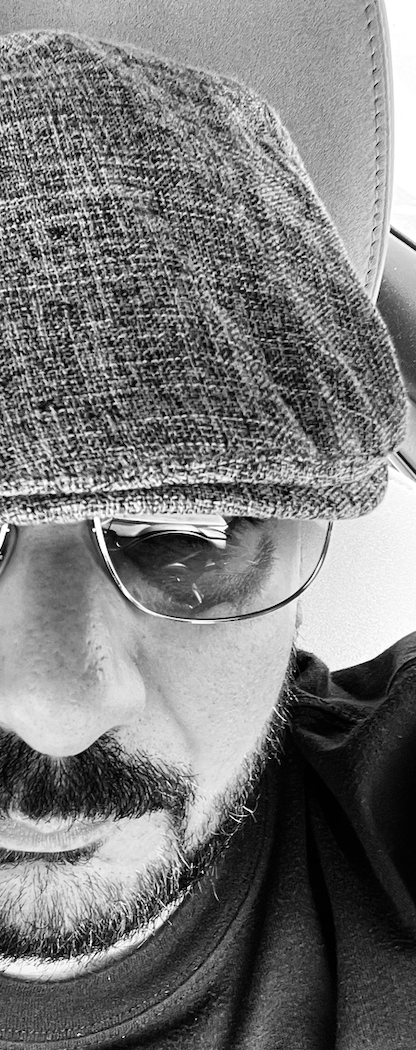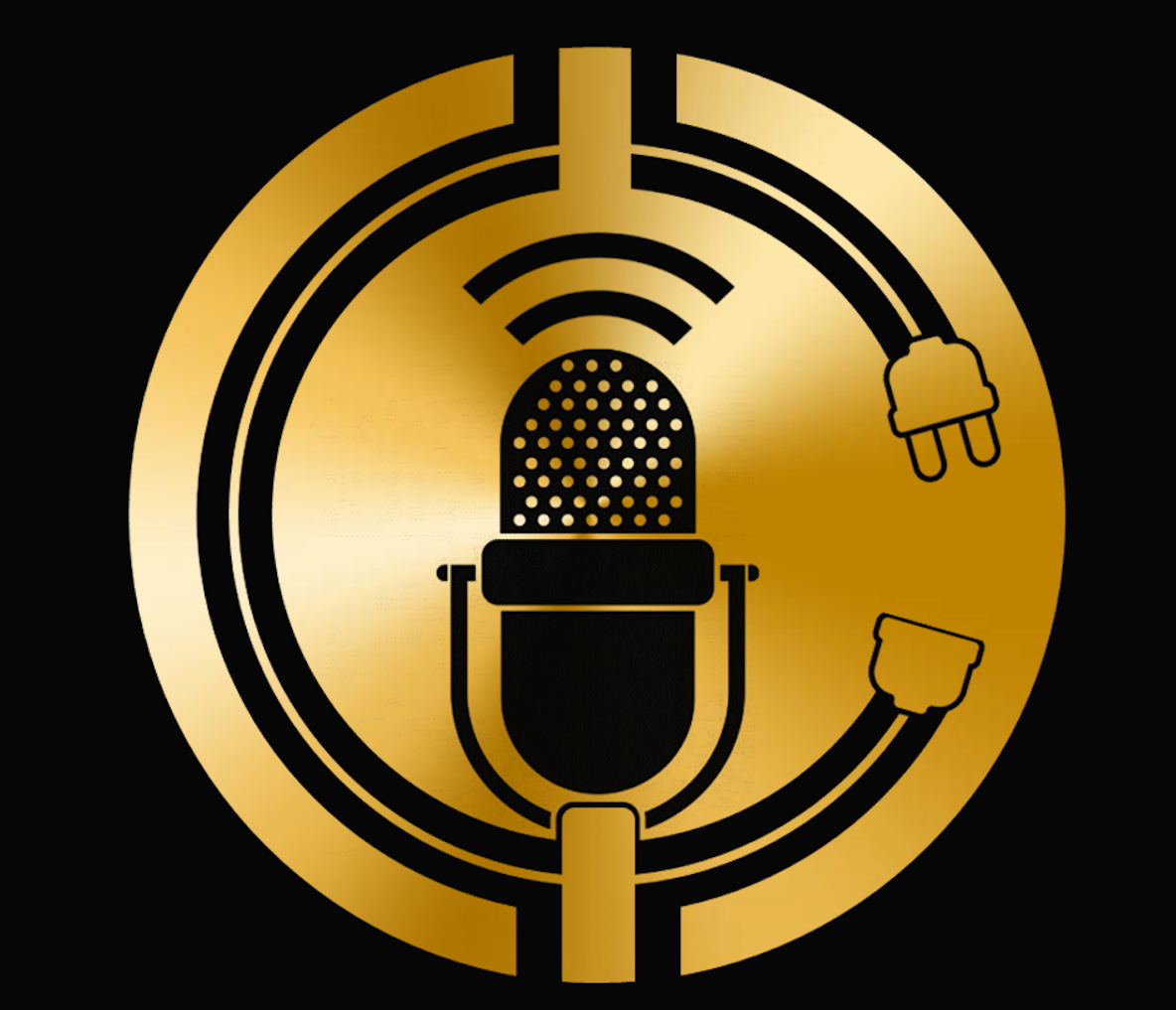In the fast-paced world of cryptocurrency, events can unfold rapidly, leading to both excitement and concern among investors. This week, two significant stories have captured the attention of crypto enthusiasts. First, the trial of prominent cryptocurrency entrepreneur Sam Bankman-Fried is set to take place in February 2024, with U.S. prosecutors maintaining the original charges against him. Additionally, Tether, a widely used stablecoin, faced a depegging scare due to an imbalance in Curve's 3pool, raising questions about its stability and backing. Furthermore, recently obtained legal documents shed light on Tether's banking relationships and investment portfolio. Let's delve deeper into these developments.
Cryptocurrency Entrepreneur Sam Bankman-Fried's Trial: Sam Bankman-Fried, the visionary founder of FTX, one of the leading cryptocurrency exchanges, is facing legal challenges as U.S. prosecutors uphold eight charges against him. The charges, including market manipulation, wire fraud, and money laundering, were initially announced in November 2023. Bankman-Fried's legal team sought to reduce the charges, arguing redundancy, resulting in the severance of specific counts from the indictment. The trial is scheduled for February 6, 2024, in New York. Interestingly, this development may also open the possibility for the Bahamas to bring forth their own charges against Bankman-Fried.
Tether's Depegging Scare and Imbalance in Curve's 3pool
Tether, the popular stablecoin, experienced a brief depegging scare when an imbalance occurred in Curve's 3pool on June 15. The 3pool is a decentralized finance pool that comprises three stablecoins: USDT, USDC, and DAI. Due to an unexpected imbalance, the weightage of USDT rose above the ideal 33.3% to over 70%. Consequently, Tether's price slightly fell by 0.3% to around 0.997, deviating from its usual 1:1 peg with the US dollar.
Traders reacted to the imbalance by selling USDT for DAI or USDC, leading to an increased concentration of USDT within Curve's 3pool. This incident echoed a similar occurrence during the FTX collapse in November 2022. The imbalance was traced back to a whale address named CZSamSun, which borrowed a substantial amount of USDT and swapped it for USDC, causing the deviation in USDT's value. Paolo Ardoino, Tether's Chief Technical Officer, reassured the crypto community through Twitter that the depegging scare was not a cause for concern. He stated that Tether was well-prepared to redeem any amount and even shared a "FUD meme" to address market rumors surrounding Tether's stability.

Insights into Tether's Banking Relationships and Investment Portfolio
CoinDesk recently obtained legal documents through a Freedom of Information Law request, shedding light on Tether's financial situation and its exposure to commercial paper. These documents revealed that Tether held funds in various banks, investment management firms, gold depositories, its sister company Bitfinex, and other entities as of March 2021.
Moreover, Tether invested in commercial paper and securities issued by several entities, including major banks like Qatar National Bank, Barclays Bank, Deutsche Bank, Emirates NBD Bank, and Natwest Group. Notably, a significant portion of Tether's issuers consisted of Chinese banks and financial institutions. These revelations provide valuable insights into Tether's financial position, addressing longstanding controversies within the cryptocurrency industry, particularly concerning the backing of its stablecoin, USDT.















Discussion